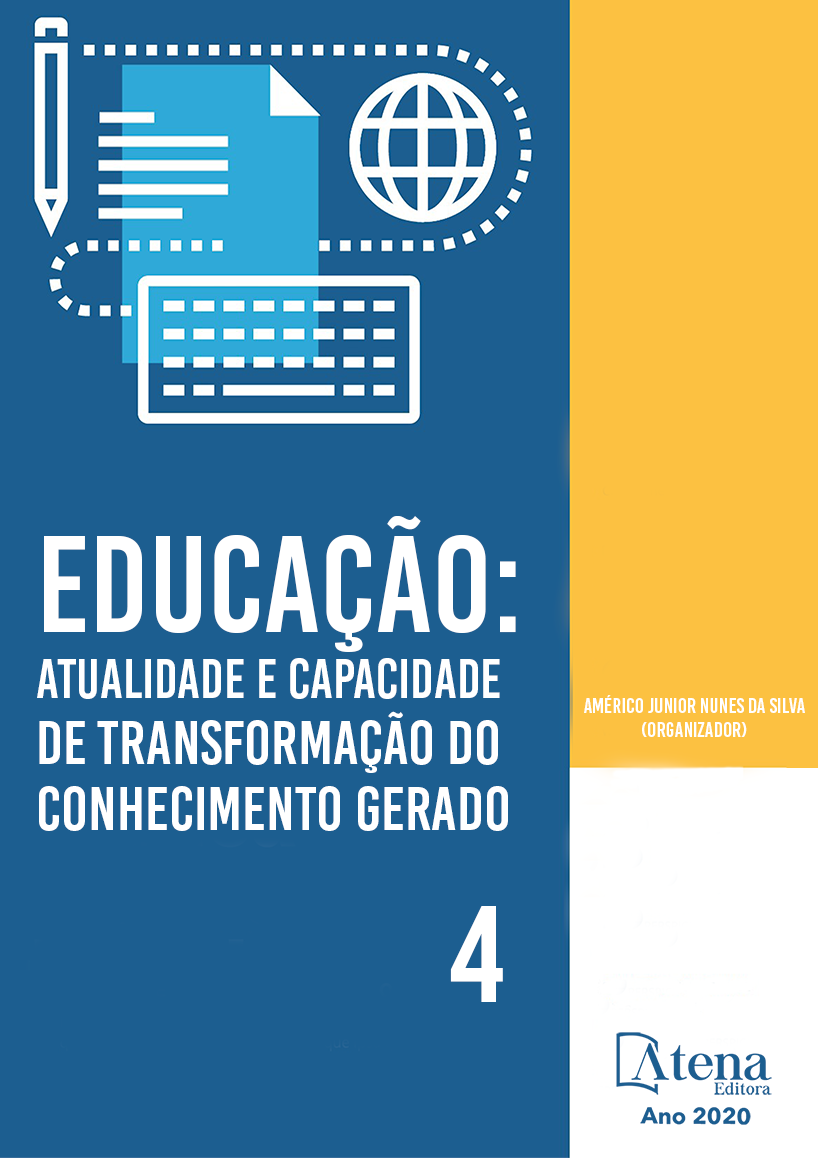
LIBRAS EM MODALIDADE SINALIZADA E O PORTUGUÊS EM MODALIDADE ESCRITA: OS SURDOS EM MEIO À SOCIEDADE GRAFOCÊNTRICA
As pesquisas acerca das Línguas de sinais são relativamente recentes, alguns autores destacam o surgimento a partir de 1960, através das pesquisas do americano Willian Stokoe, pioneiro nos estudos relacionados às línguas de sinais, nos foi possível perceber que se tratava de uma língua estruturada e não simples códigos. Depois de um longo período de disseminação no mundo, chega ao Brasil através do professor francês Ernest Huet, que a convite da família real, funda a primeira escola para surdos no Brasil, originando assim, a Língua brasileira de sinais (Libras). Hoje, no atual cenário das políticas inclusivas, muitas discussões envolvem a área da surdez, sobretudo no tocante à educação de surdos e seus aspectos envolvendo a escrita, que se dá ainda, ainda, de forma muito fragilizada. Nessa acepção, as constantes transformações da sociedade em que vivemos exigem novas definições de práticas sociais e a escrita desempenha um papel importantíssimo para estar integrado socialmente. Assim, o sujeito surdo enquanto usuário do Português como segunda Língua (L2), torna-se mais independente e membro efetivo desse novo modelo social, a partir dos códigos gráficos. Todavia, mesmo amparados por aparatos legais, algumas vulnerabilidades podem, ainda, ser notadas no processo de ensino e aprendizagem dos alunos surdos, principalmente na modalidade escrita da Língua Portuguesa. Assim, considerando o dispositivo legal, a Lei 10.436/2002 que discorre acerca Libras não substituir a Língua Portuguesa em sua modalidade escrita, buscou-se por meio do presente trabalho analisar a importância do ensino do Português, sob a perspectiva de segunda Língua (L2) para os surdos, haja vista, que esta torna-se um aspecto essencial para autonomia e independência nesta sociedade majoritária ouvinte. Para fins metodológicos, a pesquisa desenvolveu-se a partir da bibliografia de Skliar (2016), Martins e Sá (2009), Falcão (2015) e Vieira (2011), sendo este um trabalho de abordagem qualitativa de natureza básica. Os resultados do estudo apontam que o uso do Português é essencial para que de fato haja mais surdos em diversas áreas na sociedade; e verificou-se ainda que em espaços que não possuem a presença de um profissional intérprete de Libras a escrita torna-se essencialmente uma forma de comunicação eficiente e eficaz entre surdos e ouvintes.
LIBRAS EM MODALIDADE SINALIZADA E O PORTUGUÊS EM MODALIDADE ESCRITA: OS SURDOS EM MEIO À SOCIEDADE GRAFOCÊNTRICA
-
DOI: 10.22533/at.ed.71520190812
-
Palavras-chave: Escrita. Surdos. Libras. Português.
-
Keywords: Writing. Deaf. Libras. Portuguese.
-
Abstract:
Research on sign languages is quite recent, some authors highlight the emergence from 1960, through the research of American Willian Stokoe, pioneer in studies related to sign languages. In his early studies, he realized that these were not dialects but a living and dynamic language. After a long period of dissemination in the world, he arrives in Brazil through the French teacher Ernest Huet, who, at the invitation of the royal family, founds the first deaf school in Brazil, thus originating the Brazilian Sign Language (Libras). Even today, in the current scenario of inclusive policies, many discussions involve the education of deaf people, especially writing, which is still very fragile. In this sense, the constant transformations of the society in which we live require new definitions of social practices, and writing plays a very important role in being socially integrated. Thus, the deaf subject as a user of Portuguese as a Second Language (L2), becomes more independent and effective member of this new social model. However, even supported by legal apparatuses, some vulnerabilities can still be noted in the teaching and learning process of deaf students, especially in the Portuguese language. In this sense, the research was developed from the bibliography of de Skliar (2016), Martins e Sá (2009), Falcão (2015) e Vieira (2011), which is a qualitative approach work. The results of the study indicate that the use of Portuguese is essential for the fact that there are more deaf people in various areas in society; It was also found that in spaces that do not have the presence of a Libras interpreter, writing becomes essentially an efficient and effective form of communication between deaf and hearing people
-
Número de páginas: 12
- Josiane Coelho da Costa


